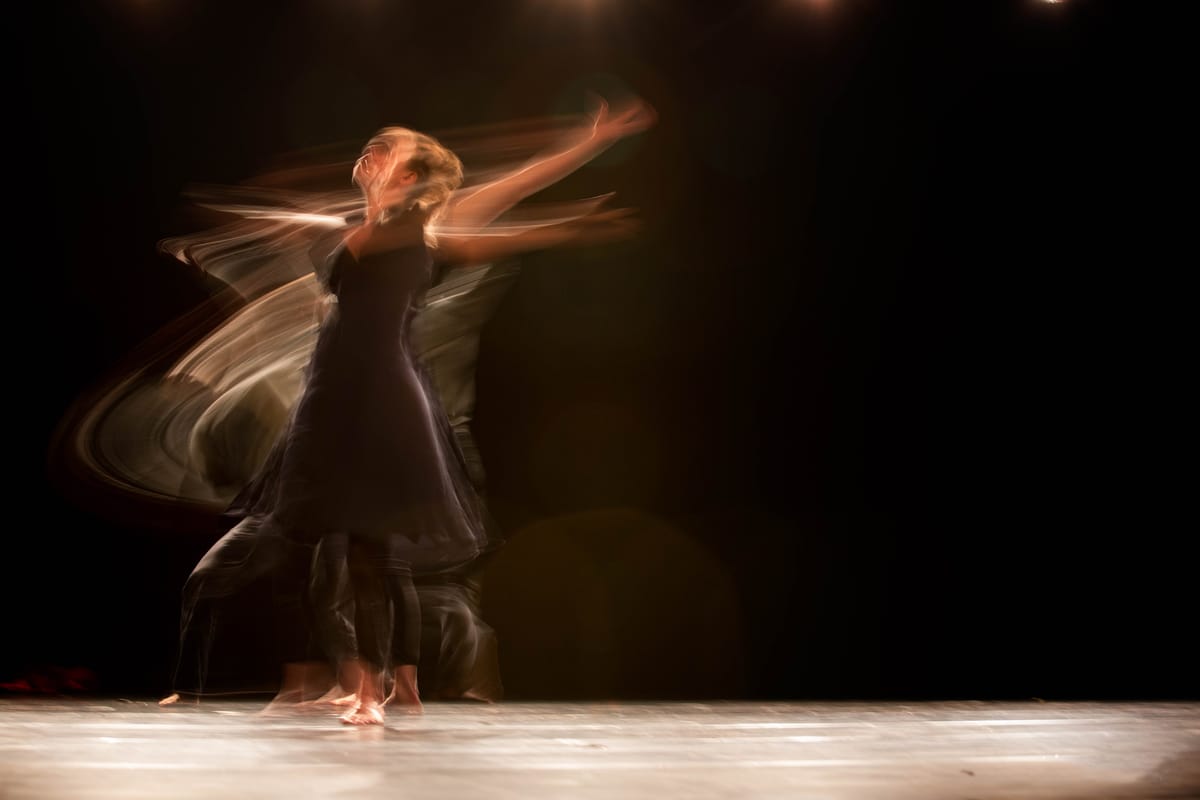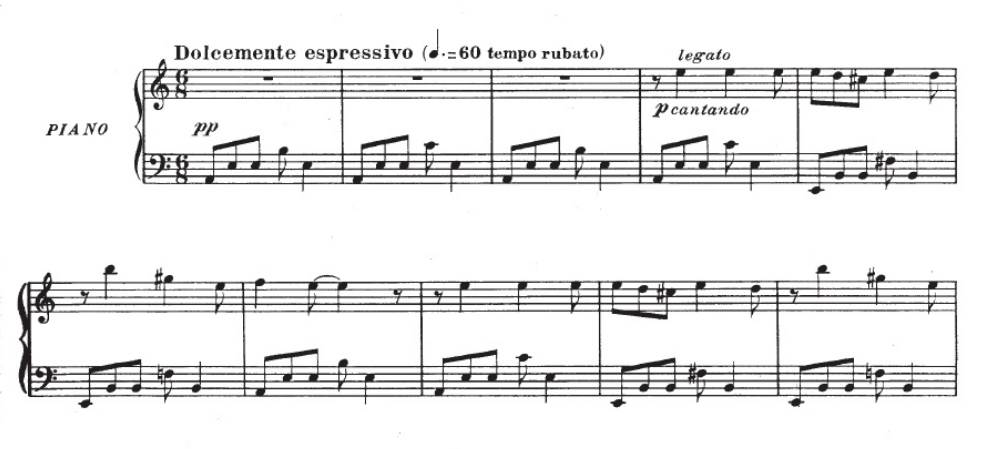The Sustaining Pedal: Part 3

In Parts 1 and 2 we considered how the pedal works and its effect on tone, texture and legato. Now we will examine how pedalling applies to one of my favourite pieces, the Danza de la Moza Donosa from Danzas Argentinas by Alberto Ginastera. This dance is graceful and gentle, with a haunting melody against a swaying, 6/8 accompaniment, with a more impassioned middle section that often uses intervals of a fourth and fifth, giving intriguing dissonance. Although the style and character indicate that generous pedalling is essential throughout for tone enhancement and to aid legato, just one pedal indication is given in the score, at the very end of the piece.
The opening section has a smooth, song-like melody in the right hand that needs to be brought out above the hypnotic rhythms of the left hand, which provides a velvety background. Repeated notes are a feature of both melody and accompaniment; these should never sound staccato and can be gently smoothed out by use of the pedal.

As a general principle for pedalling the opening section, depress the sustaining pedal just after the first bass note of each bar while the finger is still on the key, then release and depress it again quickly on the second beat (ie 4th quaver); continue this pedalling pattern for every bar in this section. Listen to the effect of this pedalling in a recording by Portugeis who was, like the composer, from Argentina:
An exercise in pedalling for this piece could be to play a bass note fairly strongly, then experiment with a quick up-and-down pedal, aiming to release some, but not all, of the sound. This effect in the actual piece will sustain some of the bass note sound through the whole of each bar but without losing the clarity of the melody lines and without blurring harmonies too much.
Much of the middle section can be played legato as long as fingering is carefully considered and, at first, similar pedalling may be used as in the outer sections. As the piece builds midway to an intense, fortissimo climax, the right hand features chromatic, four-note chords which cannot be played legato but may be made so by legato pedalling. The tone will be wonderfully enhanced here by the use of the pedal and, again, the melody line needs to stay prominent. The pedal changes will be more frequent according to the degree of dissonance between the chords so this section requires careful listening by the pianist. The final section of the piece fades away gently as the dance ends and the pedalling principles used in the first section apply here. The only pedal marking in the score indicates that the pedal is to be held down throughout the very slow, penultimate bar and into the final, pianissimo chord.
Here is a live performance of this evocative piece by the great pianist, Daniel Barenboim.





